Liz K Miller
Sylvan Sounds: Connecting with the Forest through Listening and Sound Visualisation
Summary
Sylvan Sounds: Connecting with the Forest through Listening and Sound Visualisation
Additional info
Forest Listening (2019-2023) was made in partnership with Surrey Hills Arts and funded by Techne DTP.
'Sound Sketch - Forest Rain' and 'Forest Listening'
Sound Sketch - Forest Rain (2019) and Forest Listening (2019-2023) explore the sound of a rainstorm from inside the earth in the Forest of Mar, Scotland, during the 2018 summer drought. The sound sketching method translates the audio experience of raindrops crashing into the dry earth into visual imagery. Listening and field recording were used as methods for reconnection with the woodland environment and sound visualisation was used to reveal the hidden and unnoticed sonic depths of the sylvan forest. These artworks aim to provide an alternative perspective of the woodland, creating a catalyst for dialogue around the importance of forests in the time of climate and ecological breakdown.
'Listening for the Creak'
Listening for the Creak (2019) explores the experience of waiting for pine trees to creak in the wind in Blackheath Forest, Surrey, UK. Each creak is marked with a line on the diagram. Each line acts as a reward for anticipation and listening focus.
Pencil on Paper. 5 cm (h) x 20 meters (w). Drawn in the first instance in 20 separate strips of paper each one meter long and then remade on two ten-meter strips for the group exhibition 'Unruly Encounters' at Southwark Park Galleries, 19th and 20th March 2022.
Abstract
Human-induced climate and ecological breakdown is radically changing the conditions of the surface of the Earth, affecting the capacity for life to flourish. This thesis developed from a drive to engage with the ecological crisis within my art practice. I do this through reconnecting to trees and forests in my home country whilst asking the question: within the current crisis of ecological breakdown, how can listening and sound visualisation enhance human connection with forests?
The practice-based research for my thesis combines listening, field recording and sound visualisation to create audio-visual installations. I track the evolution and development of my interdisciplinary making methodology, by tackling four secondary questions:
How can listening to the sounds made by trees reconnect humans to the forest?
What might sylvan soundscapes contribute to the fields of soundscape ecology and ecological sound art?
How can I use sound visualisation to deepen my understanding of sylvan soundscapes and the experience of listening in forests?
How might exhibiting field recordings and sound diagrams as audio-visual installations change perspectives of sylvan sounds and how might this be affected by the exhibition setting?
I use listening as a method to engage with the woodland environment and field recording to gather sounds of sylvan processes. I explore unnoticed and inaudible sounds made by, and within, trees such as susurrations, transpiration, and recycling of tree matter.
The five study sites within UK forests are: Clocaenog Forest (Denbighshire, N Wales), the forest of Mar and Spittal of Glenshee (Cairngorms National Park, NE Scotland), Scott’s Wood (Helford River, Cornwall, SW England), Caledonian Forest (Glen Affric, Highlands, NW Scotland), and Blackheath Forest (Surrey, SE England).
Through sound visualisation I analyse my field recordings to reveal the hidden sonic depths of the sylvan forest. The resulting diagrammatical and audio-visual artworks provide audiences with alternative avenues of engagement with, and perspectives of, trees and woodlands.
My work references contemporary theorists from the fields of communication and listening theory (Lisbeth Lipari, Pauline Oliveros and Salomé Voegelin), political and ecological philosophy (Jane Bennett and Timothy Morton), anthropology (Tim Ingold and Anna Tsing), soundscape ecology (Bernie Krause), and indigenous knowledge (Robin Wall Kimmerer and Dylan Robinson). I synthesise these theories with my own forest listening and sound visualisation practice, alongside the work of ecological sound artists and visual artists with sound diagramming practices. I argue that multi-modal listening generates alternative perspectives to consider the forest not as an ecosystem service (for use and exploitation by humans) but as a community of vibrant, interconnected, multi-species beings, worthy of attention and auditory focus.
Given our expanding knowledge of ecological breakdown, research such as this comes at a time when reconnecting humans with our more-than-human companion species – trees – has never been more critical. This thesis seeks to highlight alternative perspectives of the sounds of trees and facilitate awareness of our complicated relationship with the sylvan forest.
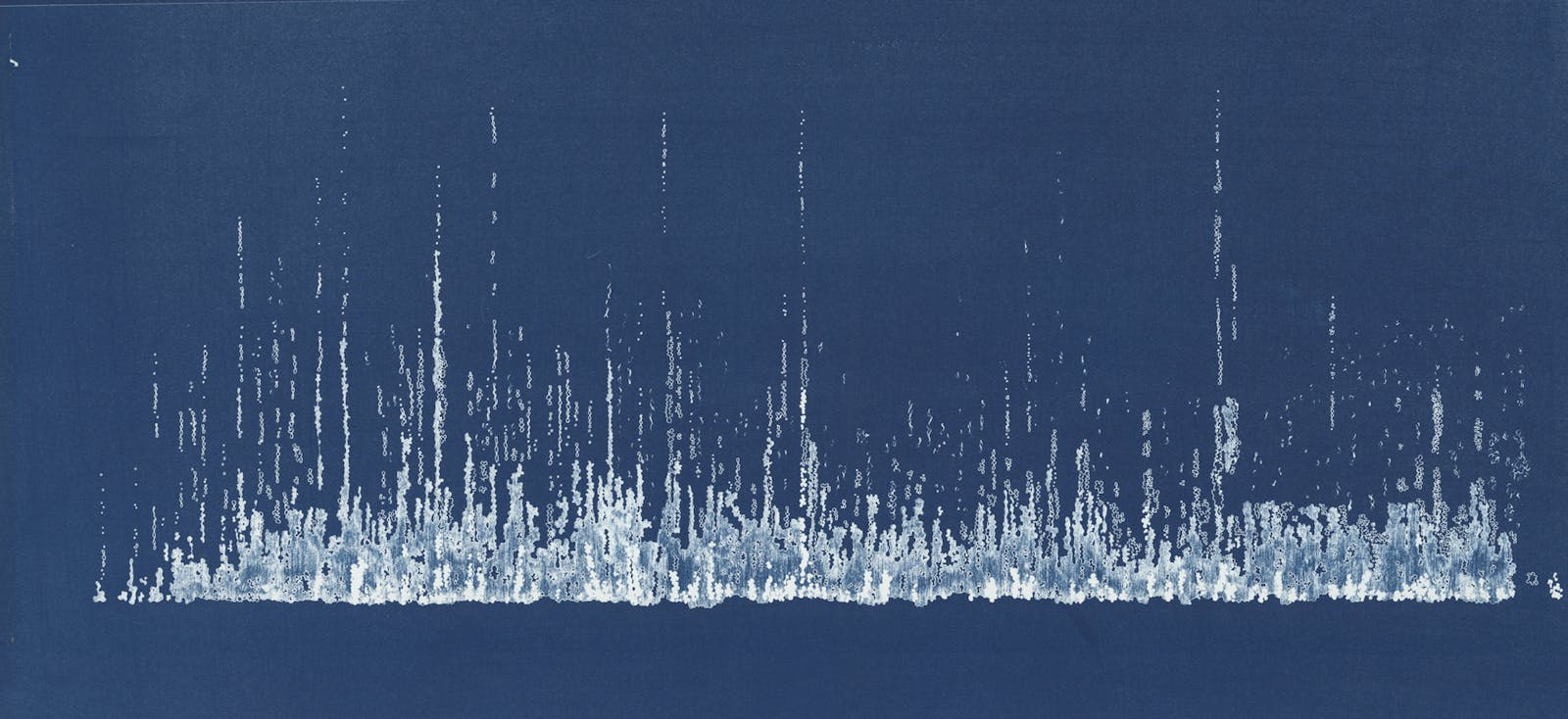
Sound Sketch - Forest Rain, (2019) Cyanotype, 72 x 34 cm
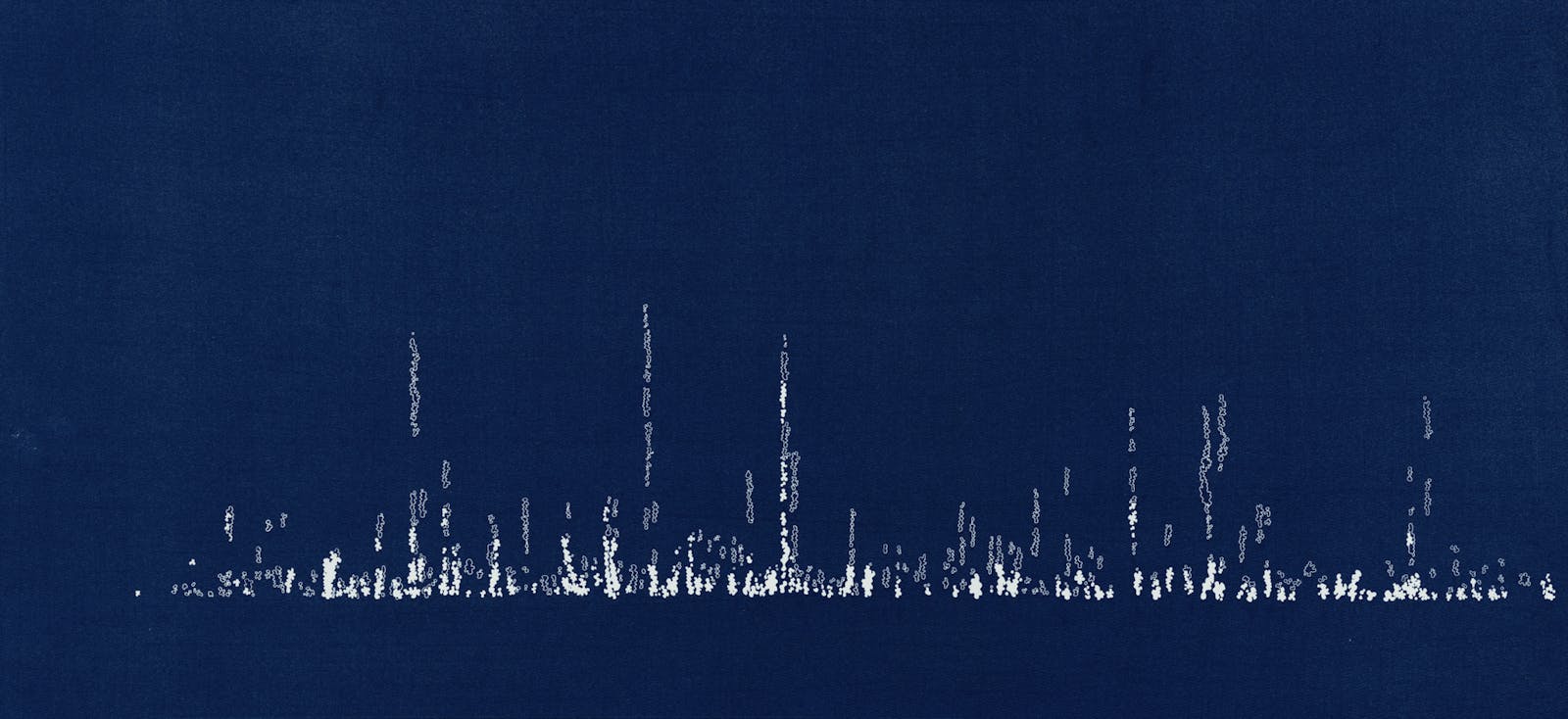
Sound Sketch - Forest Rain #1, (2019) Cyanotype, 72 x 34 cm
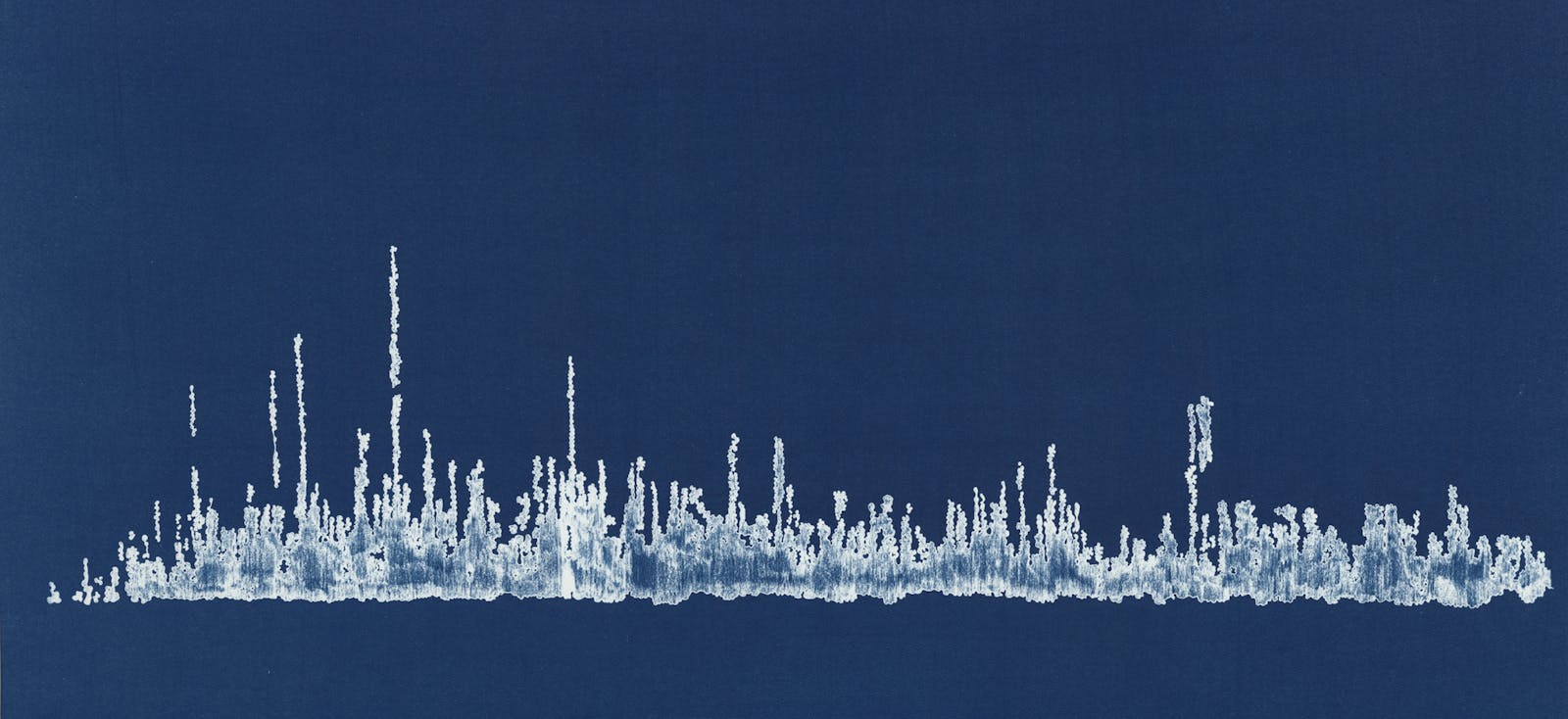
Sound Sketch - Forest Rain #2, (2019) Cyanotype, 72 x 34 cm

Sound Sketch - Forest Rain #3, (2019) Cyanotype, 72 x 34 cm
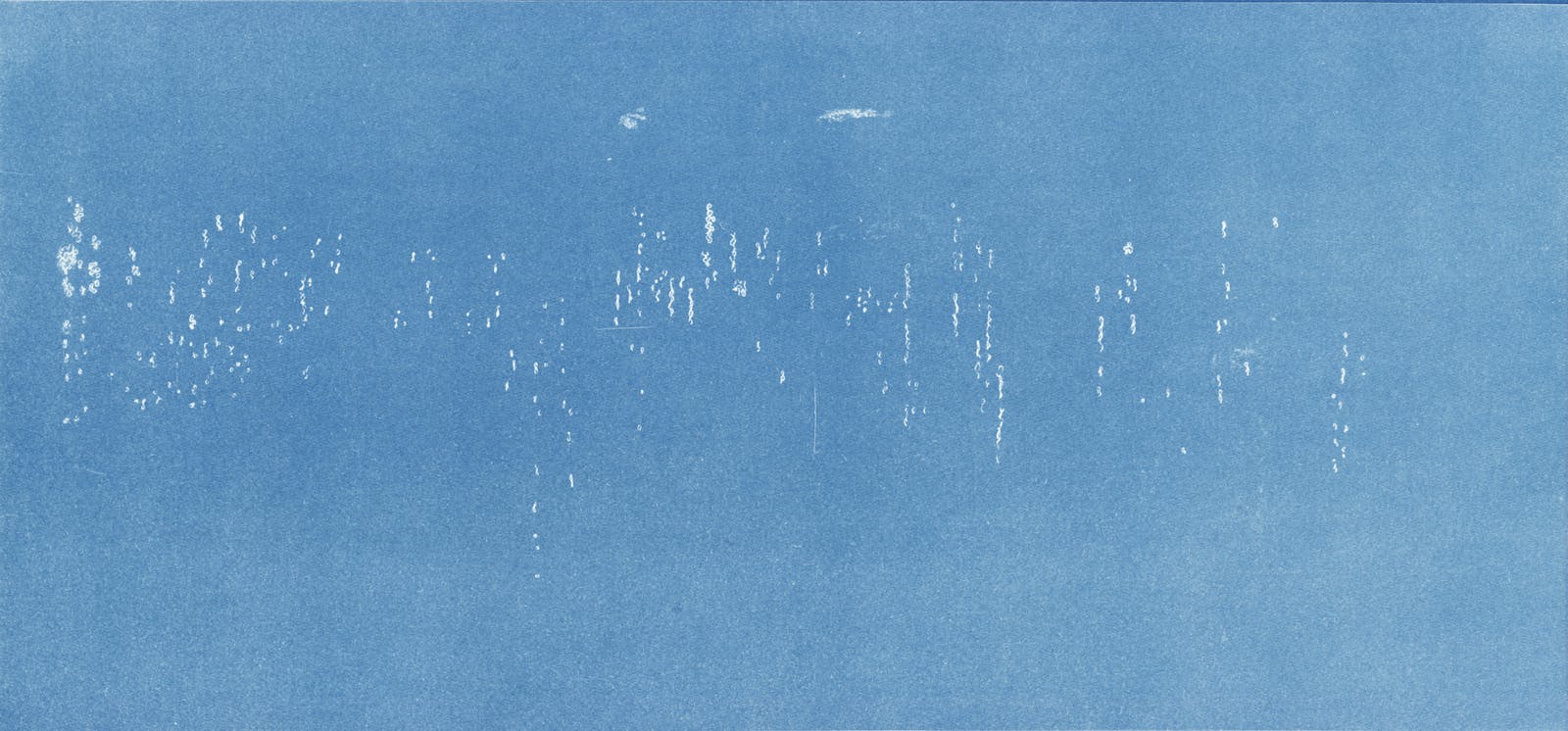
Sound Sketch - Forest Rain #4, (2019) Cyanotype, 72 x 34 cm
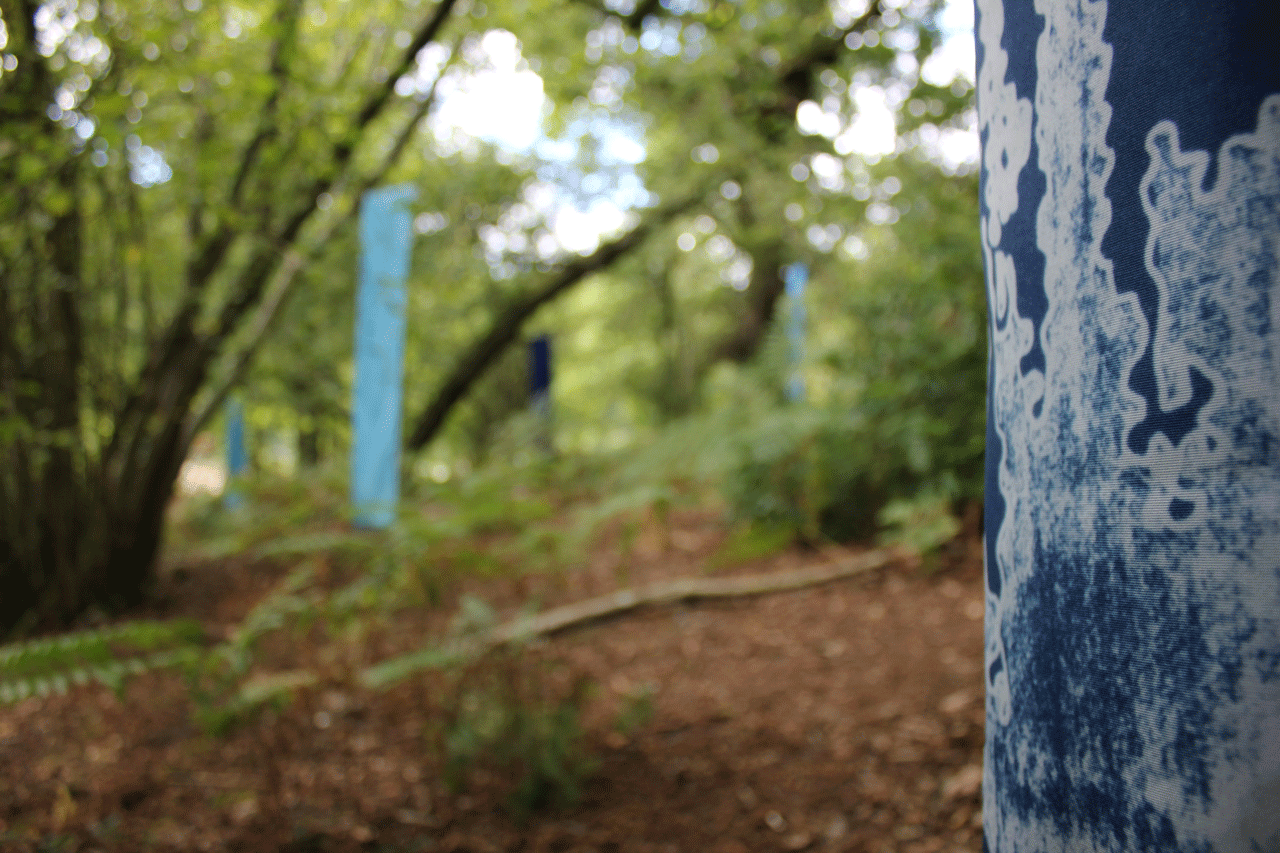
Forest Listening, (2020) Limnerslease Woodland, Watts Artist's Village, Guildford, UK.
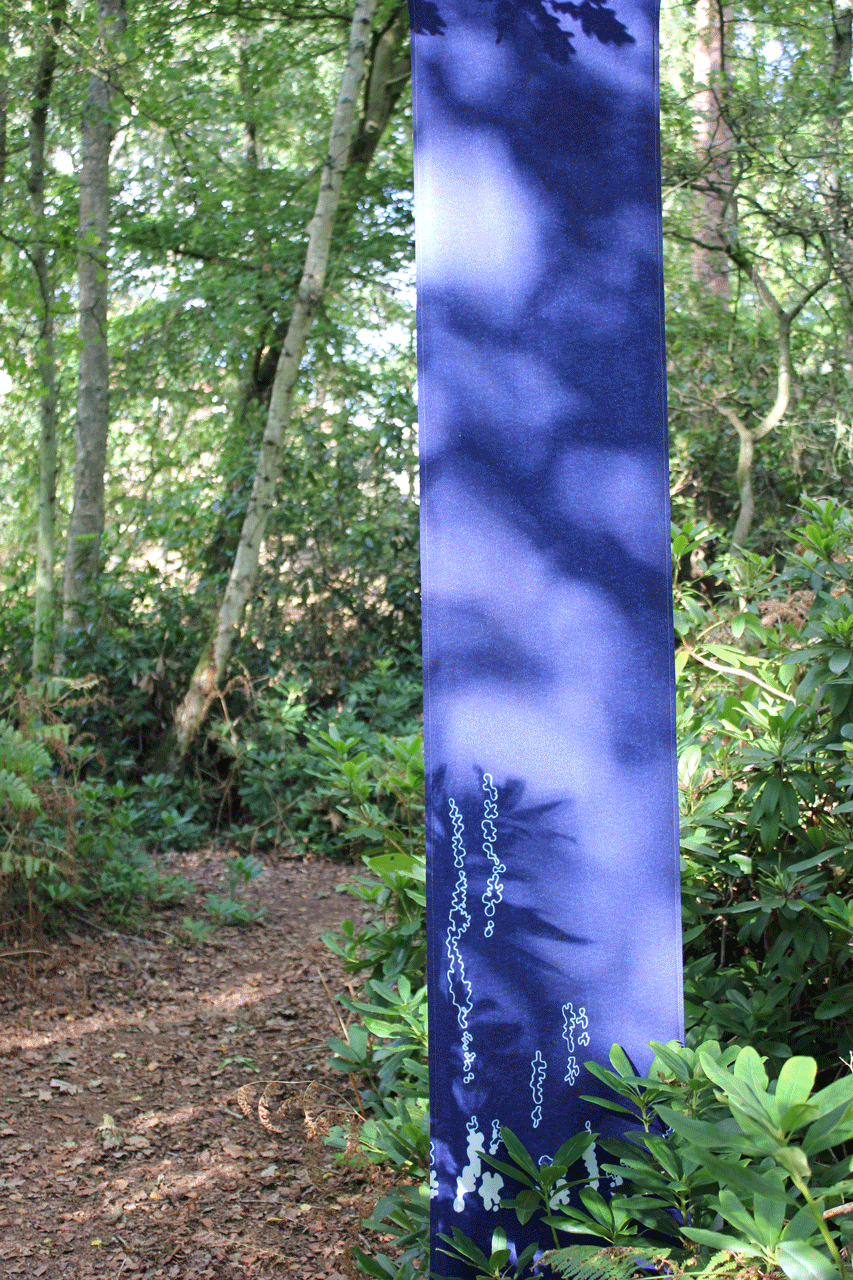
Forest Listening, (2020) Limnerslease Woodland, Watts Artist's Village, Guildford, UK.
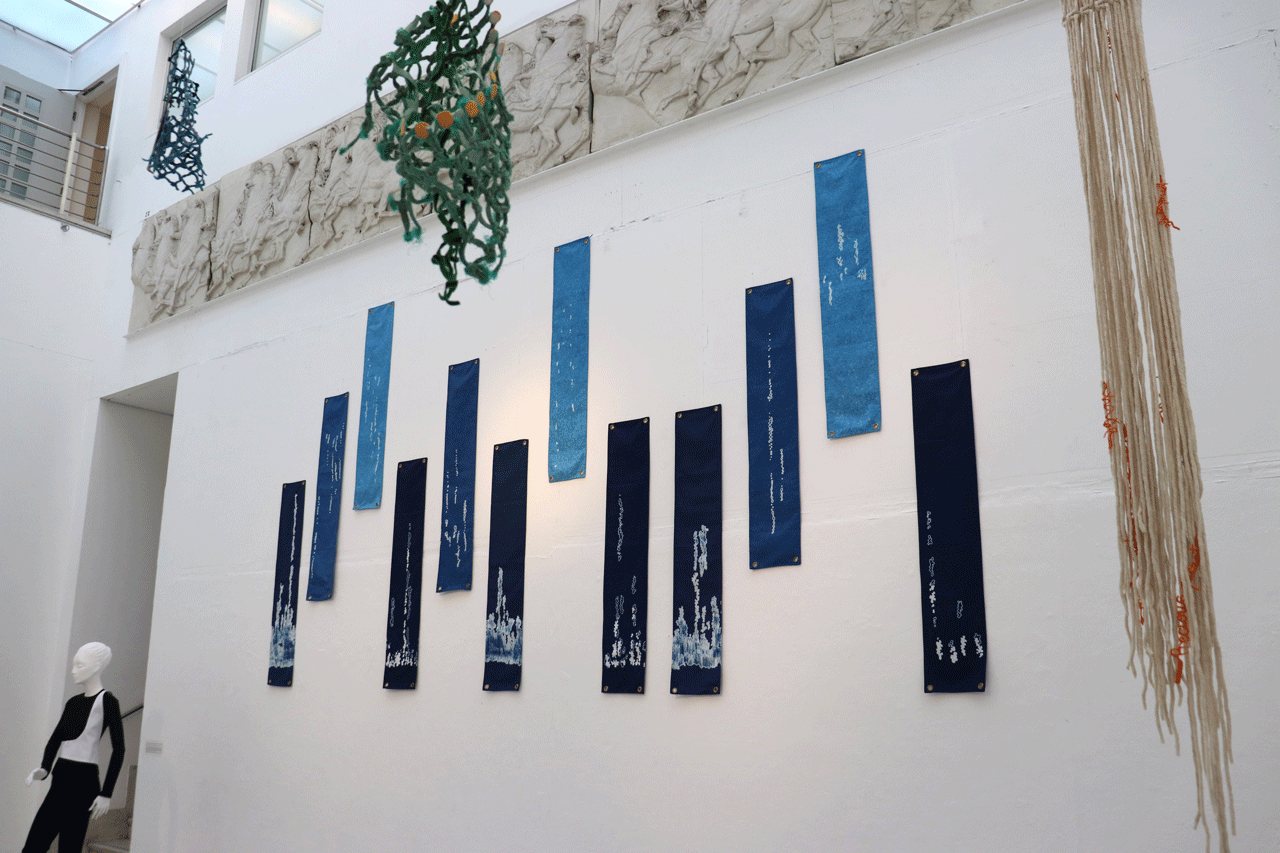
Forest Listening, (2020) Hockney Gallery, London, UK.
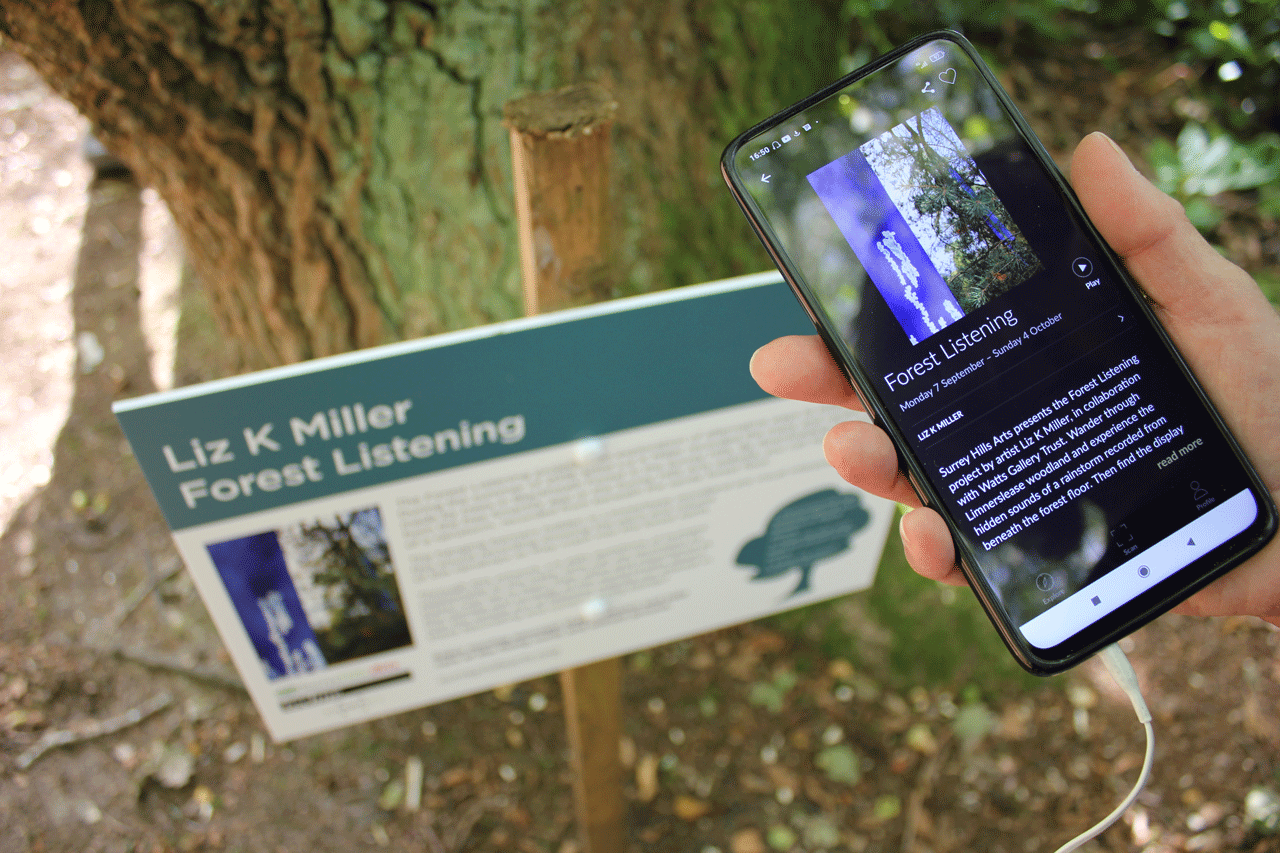
Forest Listening, (2020) Limnerslease Woodland, Watts Artist's Village, Guildford, UK.
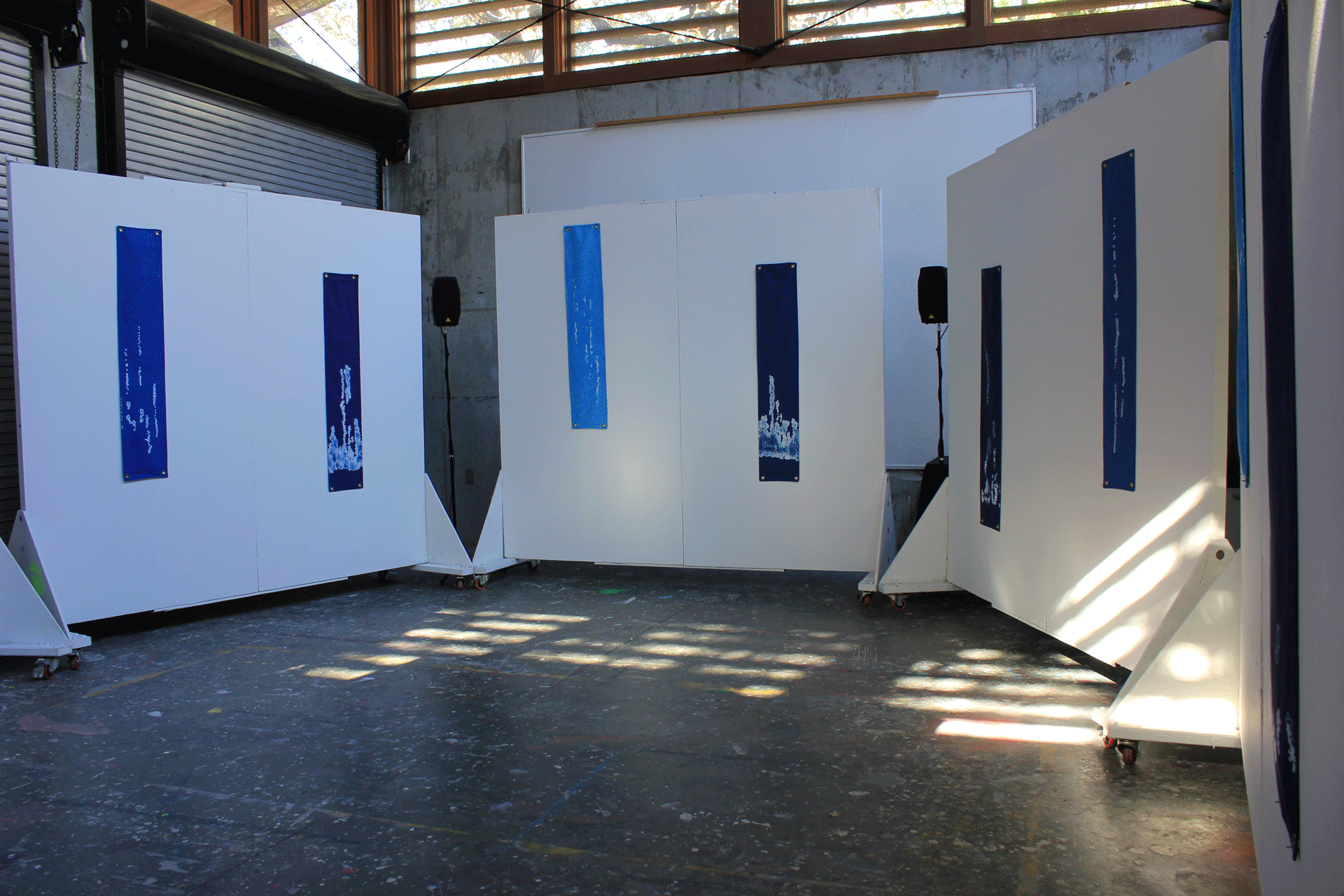
Forest Listening, (2023) Atlantic Center for the Arts, Florida, USA.
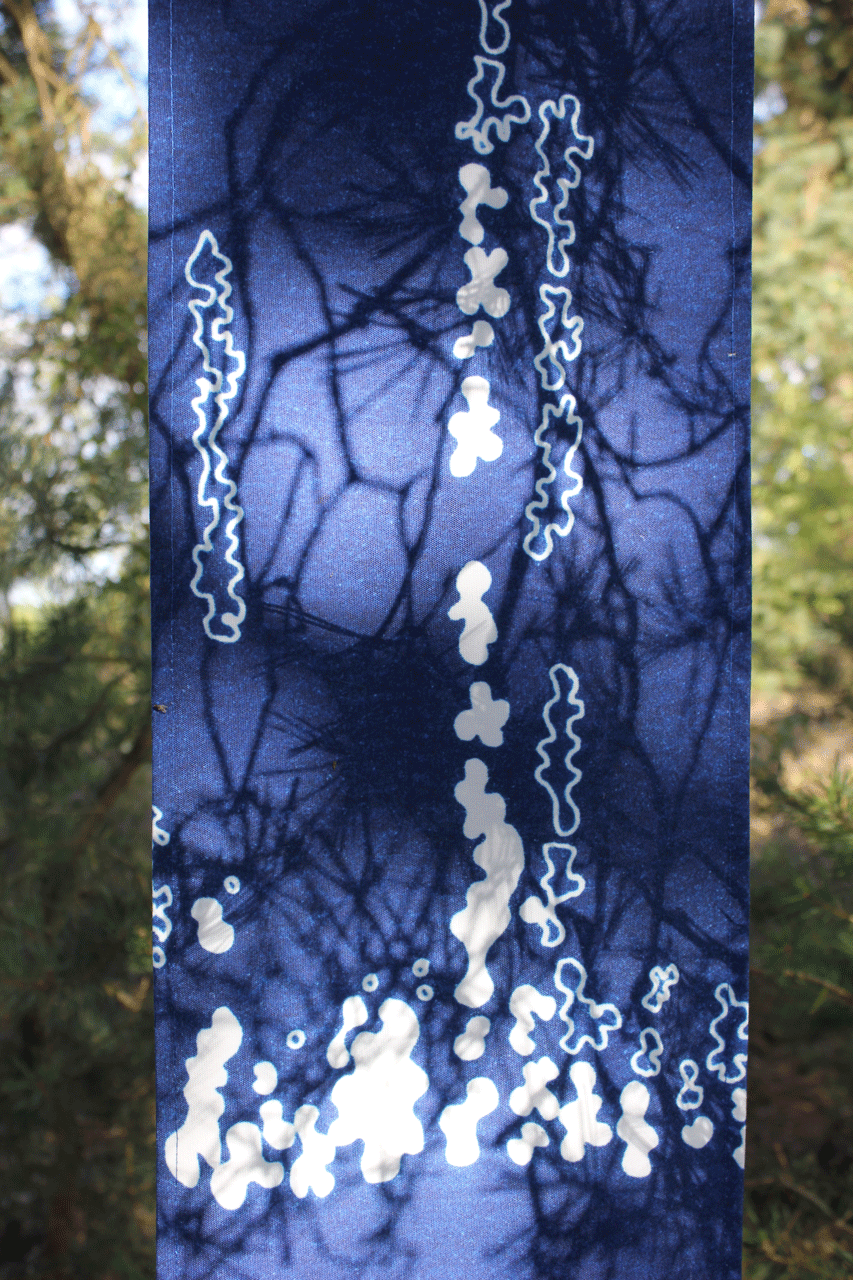
Forest Listening, (2019) Blackheath Forest, Surrey, UK.
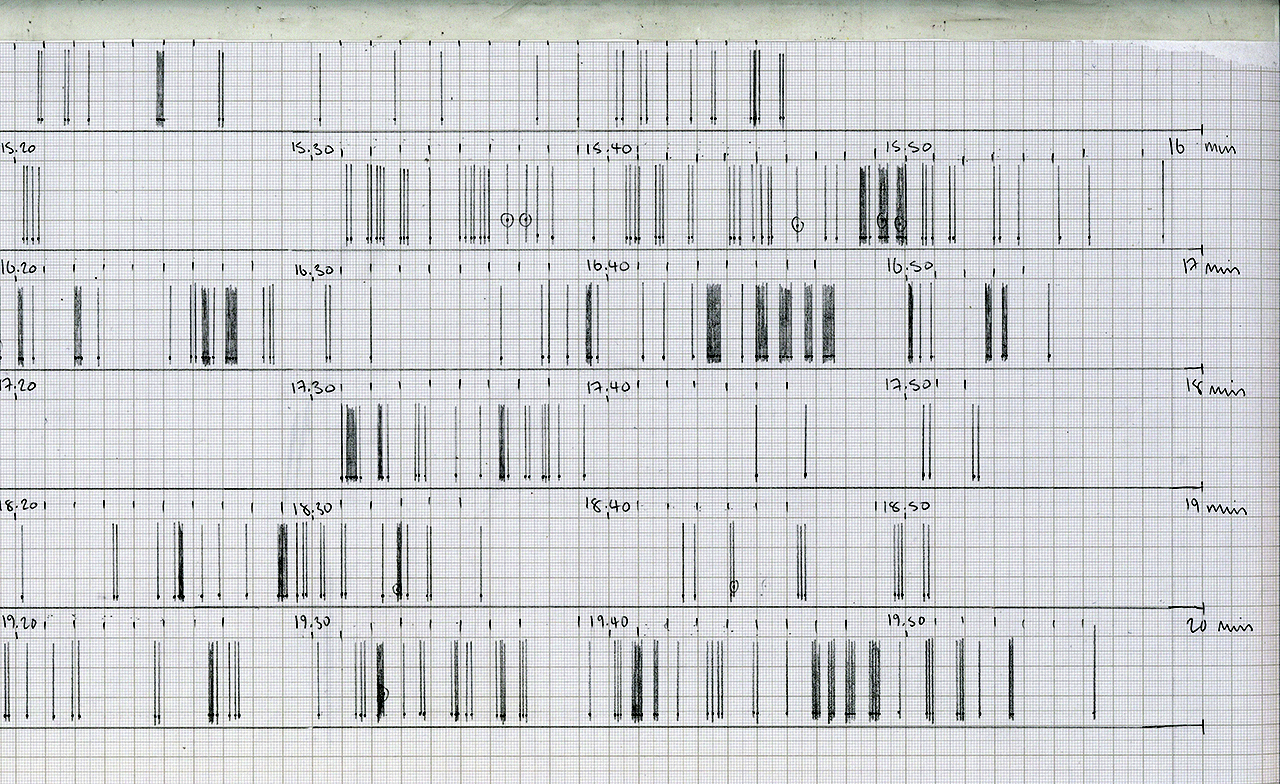
Listening for the Creak, 2020. Pencil on paper.
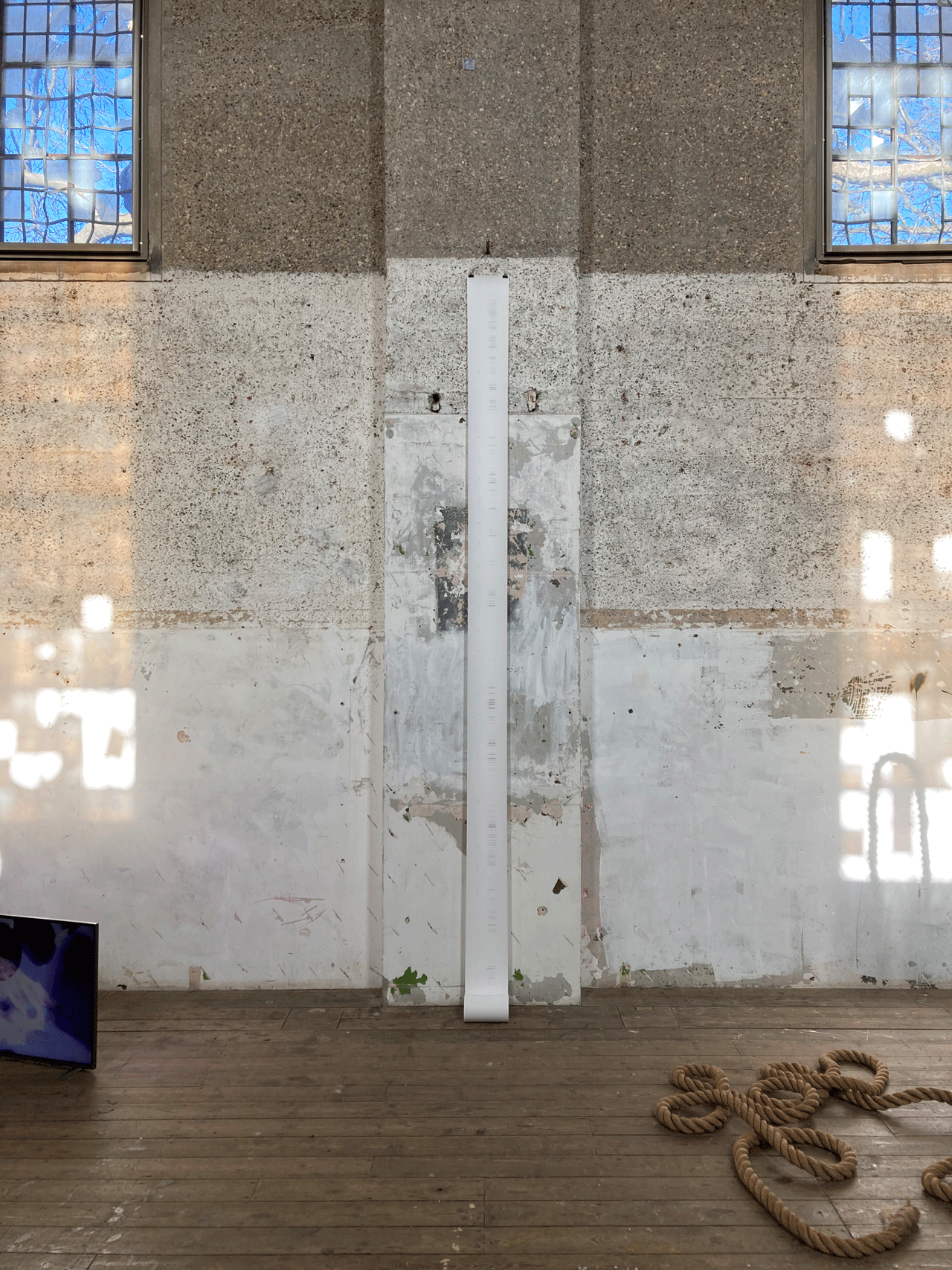
Listening for the Creak, 2020. Pencil on paper, 30 x 200 cm. Unruly Encounters, Southwark Park Galleries, London, 19 – 20 March 2022.
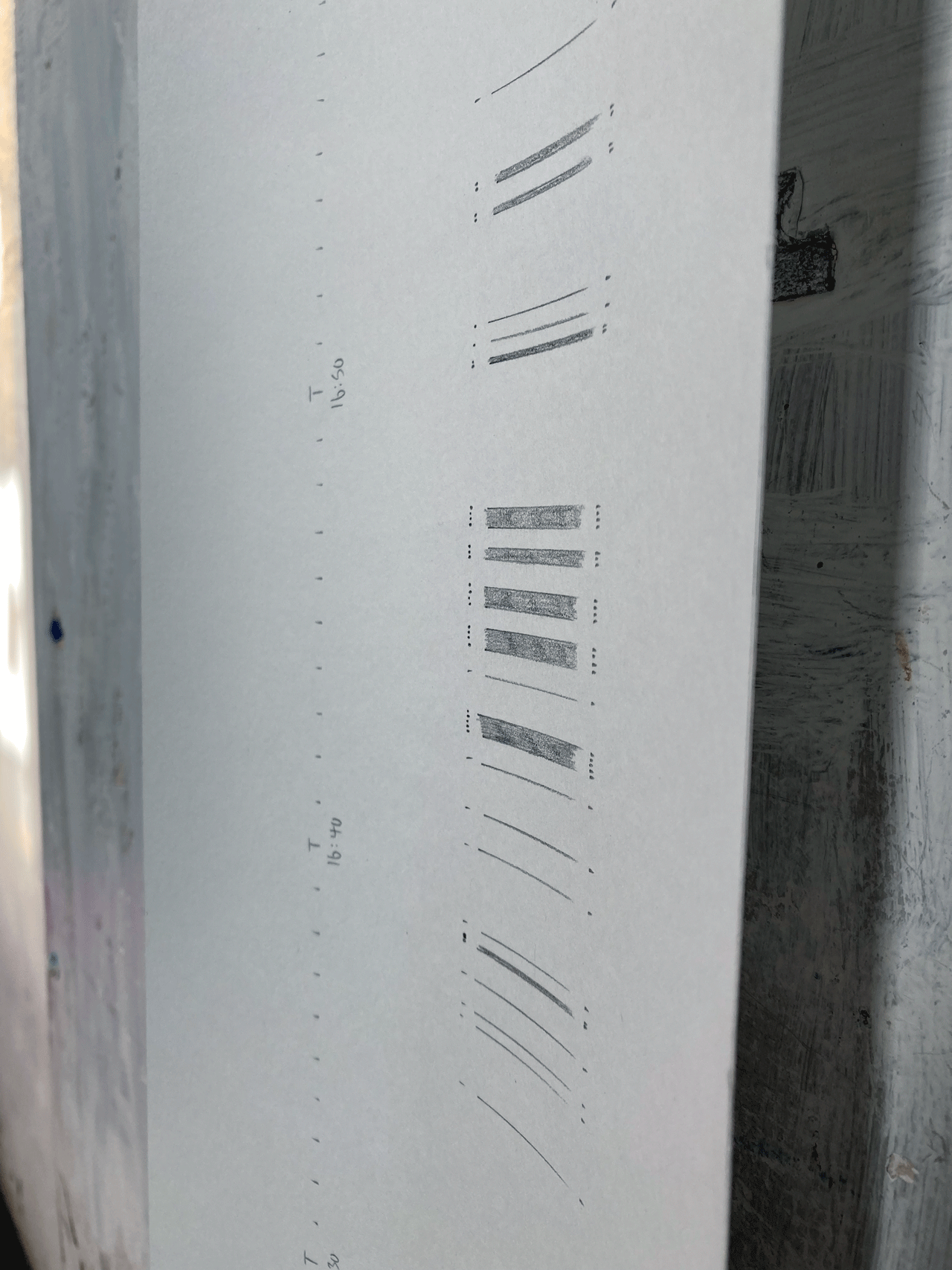
Listening for the Creak, 2020. Pencil on paper, 30 x 200 cm. Unruly Encounters, Southwark Park Galleries, London, 19 – 20 March 2022.
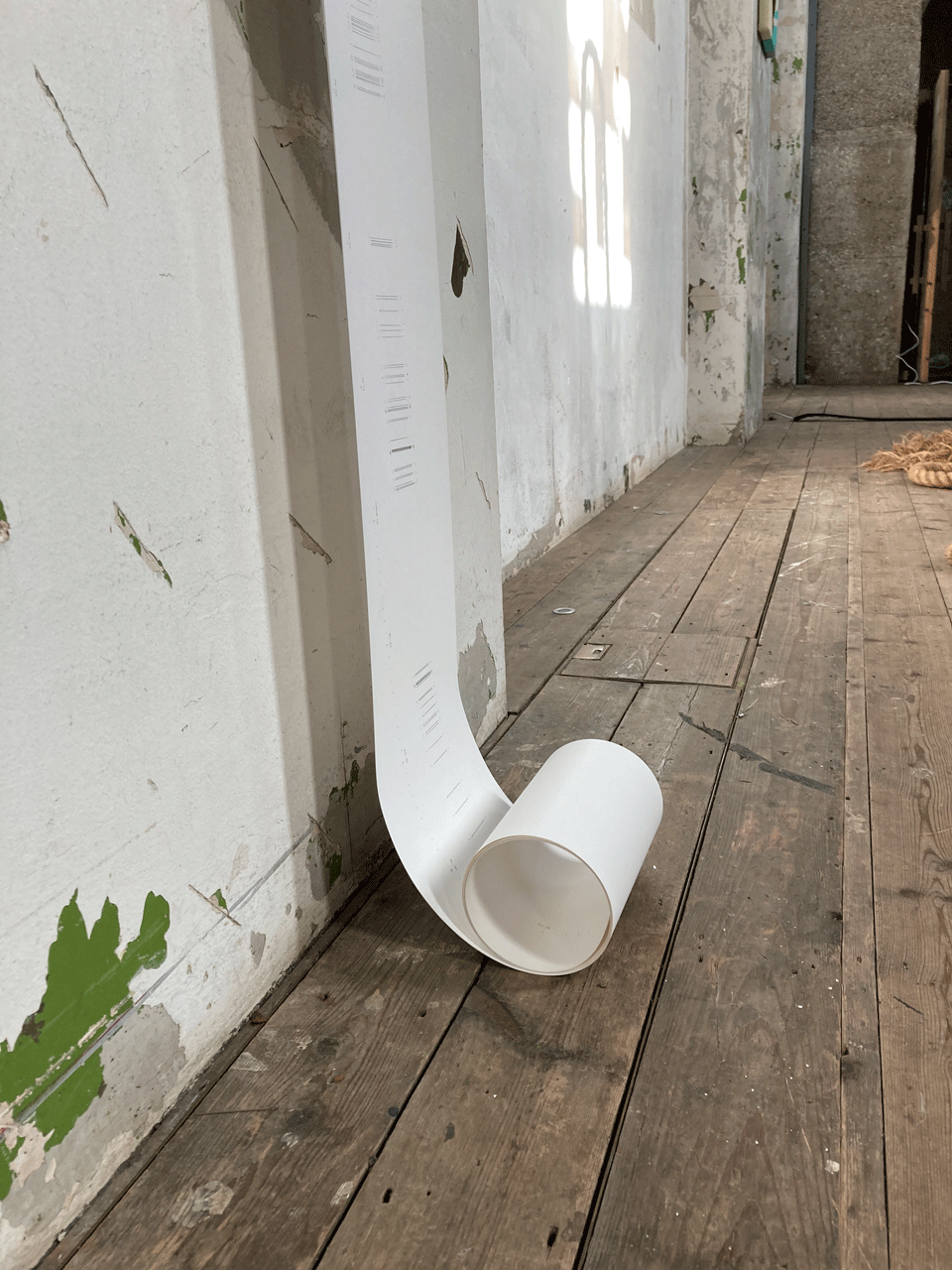
Listening for the Creak, 2020. Pencil on paper, 30 x 200 cm. Unruly Encounters, Southwark Park Galleries, London, 19 – 20 March 2022.
